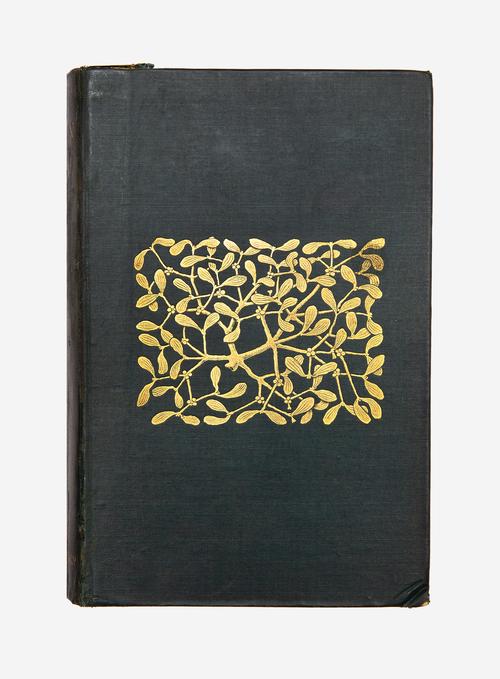introduction
Totem and Taboo: The Search for Origins
In 1913, Freud published his most speculative work to date, Totem and Taboo. Written partly as a response to Carl Jung’s Psychology of the Unconscious, which had challenged Freud’s libido theory and the ubiquity of the Oedipus Complex, Totem and Taboo was Freud’s first major work of Social Psychology. If archaeology can be defined as the search for ‘origins’, then Totem and Taboo can be said to be Freud’s most ‘archaeological’ book. In this pivotal work, Freud set himself the task of discovering the origin of human civilisation. He argued that this can be found in a set of taboos that are established in the aftermath of a primal act of parricide. Thus, ‘the beginnings of religions, morals, society and art converge in the Oedipus Complex’. In Totem and Taboo then, Freud located the historical foundation of the Oedipus Complex, reinforcing the theory that had been developed in his treatment of the neuroses.
One of the key sources for Freud’s argument was James George Frazer’s The Golden Bough, which he was reading in 1911. Although Freud described The Golden Bough as ‘long-winded’ and ‘so full of details that one must immediately forget’, Frazer helped inaugurate a fascination with pre-classical civilisation and the search for origins that inspired him to write Totem and Taboo. As his pencil markings suggest, Freud was particularly drawn to Frazer’s argument that science has more affinity with magic than it has with religion. In a show of professional admiration, Freud sent a copy of Totem and Taboo to Frazer, although he never received a response.
